Small Spaces and Secret Passages
Today's prevailing top-down development model is antithetical to a Strong Towns approach to growth. Most new development in North American suburbs and core cities alike occurs in massive increments, ranging from an entire city block to an entire subdivision. This must be funded by a concomitantly massive amount of investment capital. The game is rigged in a lot of ways against small-scale developers looking to do modest projects.
One of the consequences has been that most development is characterized by a monotonous urban form—the path of least resistance, and least expense, for a developer who would just as soon build something predictable in a predictable context. This can be as true in the booming urban neighborhoods where big, funky, boxy buildings like this seem to be proliferating...
...as it is in textbook suburbia...
...and as true in New Urbanist developments as in traditional ones. This is not a complaint about architectural styles. It's primarily about the scale and homogeneity of new development. But even an entire block developed as a cohesive unit doesn't have to be one big superstructure, or a bunch of nearly identical smaller structures arranged in a uniform way. That's the lazy way out—good for turning a quick profit on the real estate, but not good for creating a place of enduring value and distinctive character. Yet there are far more creative models for designing a residential area, right under our noses in many cities, that I'd love to see big and small developers alike draw inspiration from.
One of these models happens to be a few blocks from the apartment I lived in in Sarasota, Florida. The Towles Court Art District is a single large city block on the edge of downtown Sarasota. It was originally a collection of cottages built in the early 20th century, likely as vacation homes for their northern owners, but the area had fallen into deep disrepair by the 1980s along with the rest of downtown. Just barely spared from the wrecking ball, the block was completely renovated by an investor who decided to market the cottages as studio spaces and create an artists' colony. Today it hosts a monthly Art Walk and other occasional special events. Nestled among the live-work studios are two popular restaurants and a smattering of non-art-related businesses.
Here are some before-and-after photos from the renovation process, courtesy of the district's own website:
Towles Court is a delight to walk through—and not, I think, simply because of the historic architecture but, crucially, because of its irregular layout and internal pathways. Wander into Towles Court and you find yourself on a miniature adventure, discovering nooks, crannies, and secret passages. Who doesn't love a good secret passage? The simple childhood pleasure of exploration and discovery amid the mundane has not faded for me as an adult. I doubt I'm alone in that.
A map of the district posted near one of the entrances. The yellow paths are all pedestrian-only.
THE VALUE OF NOVELTY
Our brains crave novelty. We thrive on having a succession of new, interesting stimuli to direct our attention to. We're also hard-wired to prefer a certain degree of enclosure. Wide open, exposed areas are unsettling and threatening at a deep, unconscious level—dating back no doubt to our days on the African savanna millions of years ago.
There's something about this:
that makes it a more comfortable and relaxing place to stroll than this:
They're obviously not comparable streets in other ways (one has retail, for example) so this isn't meant as a "one is better than the other" comparison. I'm just trying to illustrate the psychologically calming effect of the feeling of enclosure you get from small spaces.
If you've ever visited a European city with some of its medieval street grid intact, you probably noticed that you could walk a very modest distance—less than a mile, say—amid the irregular twists and turns of narrow streets, and feel like you had covered a vast amount of ground. This is because of the high number of novel sights and stimuli you encountered in that short walk. Walking in such environments is delightful and doesn't get old. I know I've been stunned before to look at a map and realize how small a neighborhood actually was after spending a whole afternoon or evening exploring it.
This is not a function of density—though density helps, in that there's literally more activity going on in less space. But we're all familiar with densely populated environments that are nonetheless bland and uniform enough that a walk through them can feel like an interminable slog.
The difference comes down to the human scale and to novelty vs. monotony. I suspect this distinction has a lot to do with the reason "density" is a dirty word in the politics of local development in America. Numbers are an abstraction to most people, but the mental images that word conjures are not. And my guess is those mental images, even when they're not of high-rises, are usually of something monolithic and imposing in scale and bulk.
This kind of density can make for an oppressively dull environment for a pedestrian. There's nothing human-scale about these superblock developments, nothing psychologically comforting or stimulating. But what if our models for urban infill were more creative? More like Towles Court? Would we still see mass NIMBY outcry against any and all new development? I'm not sure it would be anywhere near as intense.
To be clear, Towles Court itself isn't particularly dense. Even if it were purely residential rather than comprised of live-work studios, it wouldn't be, though it would accommodate substantially more people than do nearby blocks with more traditionally-sized single-family houses and lots. I'm not suggesting this is a model for already-very-urban places. I'm suggesting it's a model for things like incremental suburban retrofit. Breaking up a large block with little paths and interior spaces, while populating it at a higher numerical density than is typical of residential suburbia. This could be a way of making a neighborhood more fiscally viable, more walkable, and capable of accommodating more residents in a way that might feel subjectively less alienating and threatening, more compatible with existing "character," to the nearby residents.
And you could scale it up to some extent. You could certainly develop a block with a similar layout but, say, 3-story structures. Artfully laid out, such places don't feel either imposing or claustrophobic. In places where every corner turned feels like discovering a new secret passage, I can happily spend hours meandering. I would love to live in a residential area laid out like Towles Court, even if it meant I didn't get a yard to myself. Based on my informal, unscientific survey process (read: conversations with friends) I'm not the only one who would go for this.
People love these environments, but the way we plan and finance development scarcely gives the developer an incentive to do anything quite so out-of-the-box. And so this kind of quirky urban design is largely relegated to deliberately-branded historic districts like Towles Court, as well as college campuses (which are consistently some of the best pedestrian environments on the continent, since they're places where pedestrians are taken for granted and planned for).
So how do we change the incentive structure so the designers and builders of new development, not just those who will later occupy it, have a direct stake in creating unique places that stimulate our sense of play and adventure? I think indulging this sense is as important to for adults as it is for children. And I think it's important to achieving an urbanism that feels acceptable and unthreatening to the broad middle of our largely-suburbanized American society, and not just those who already feel right at home in New York or San Francisco.




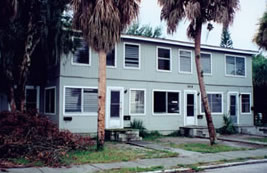
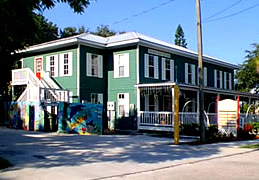
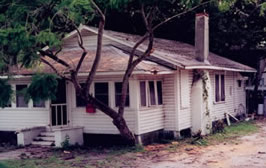
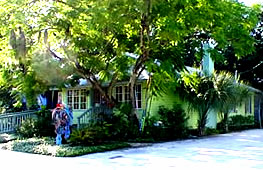
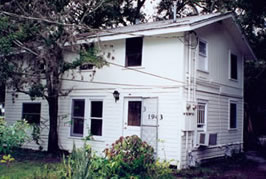
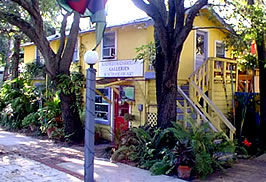

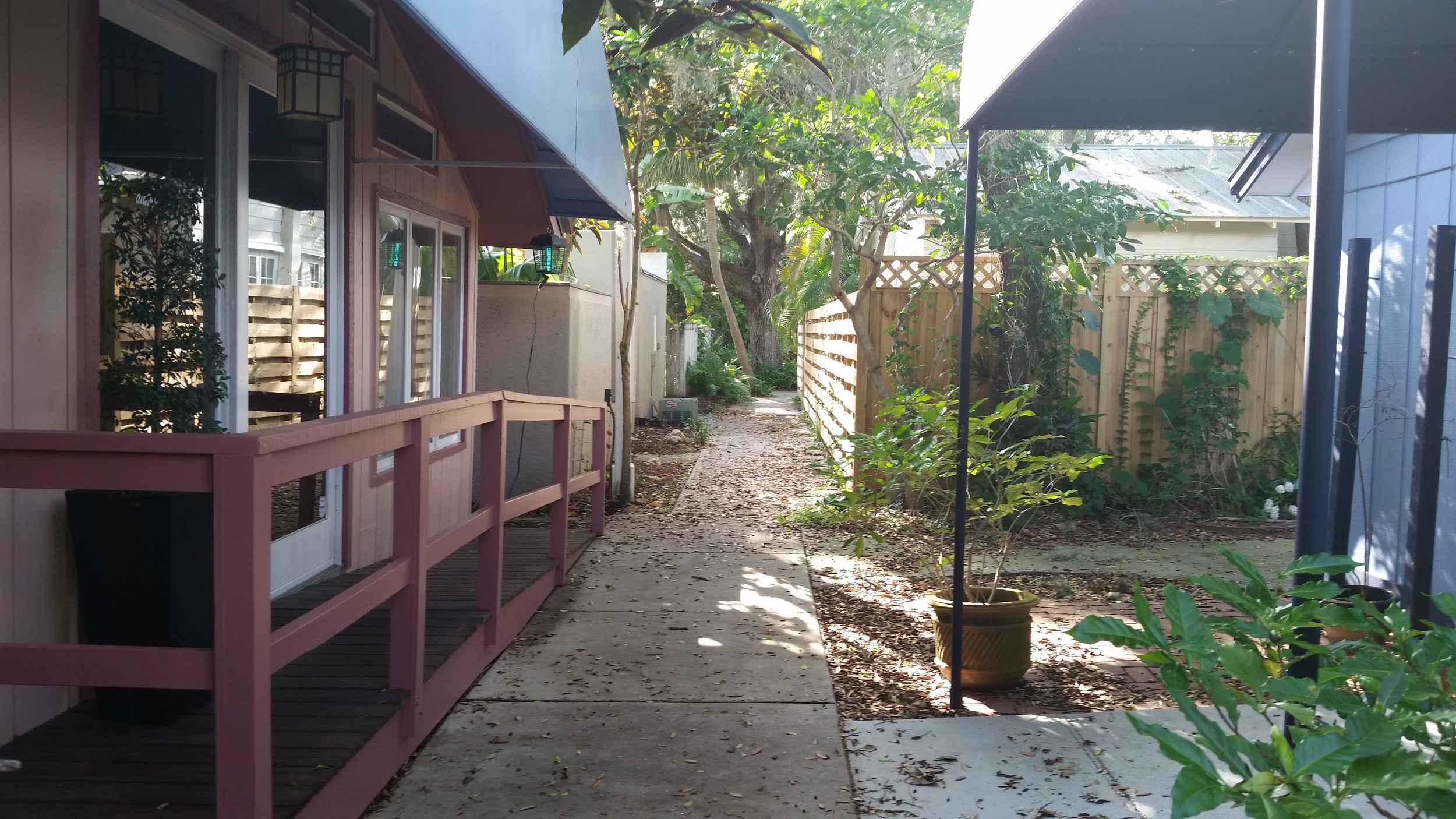
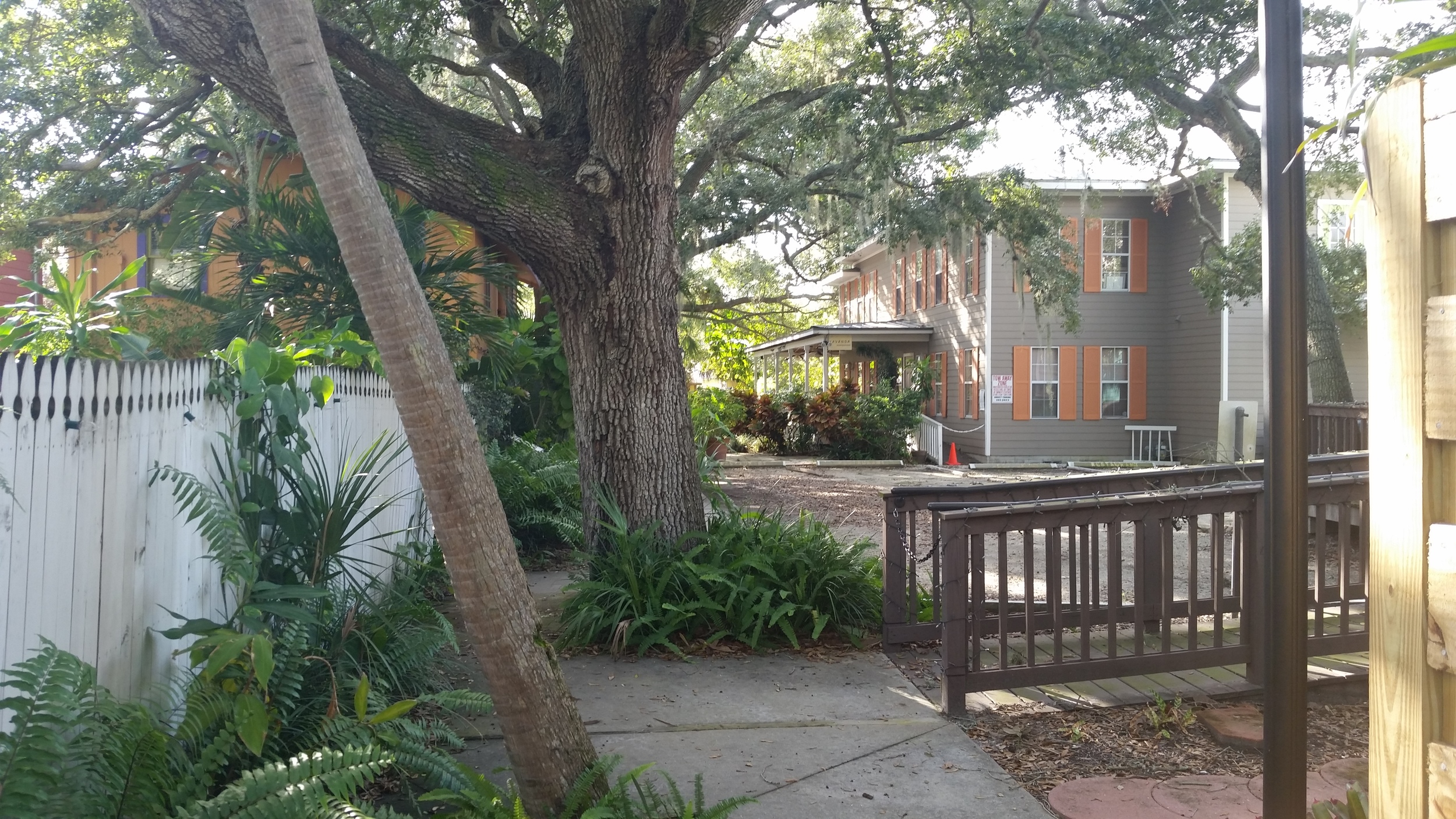
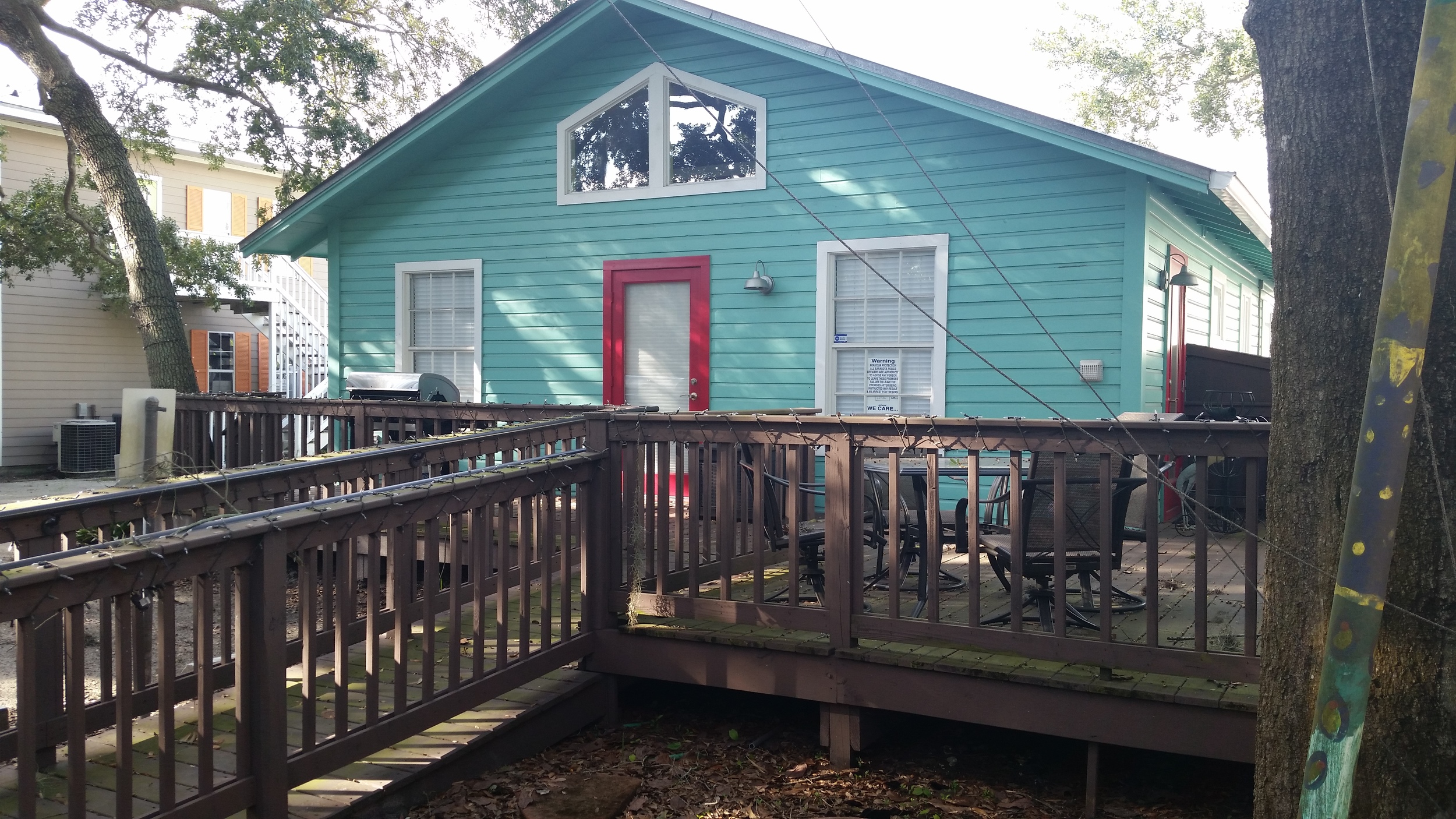
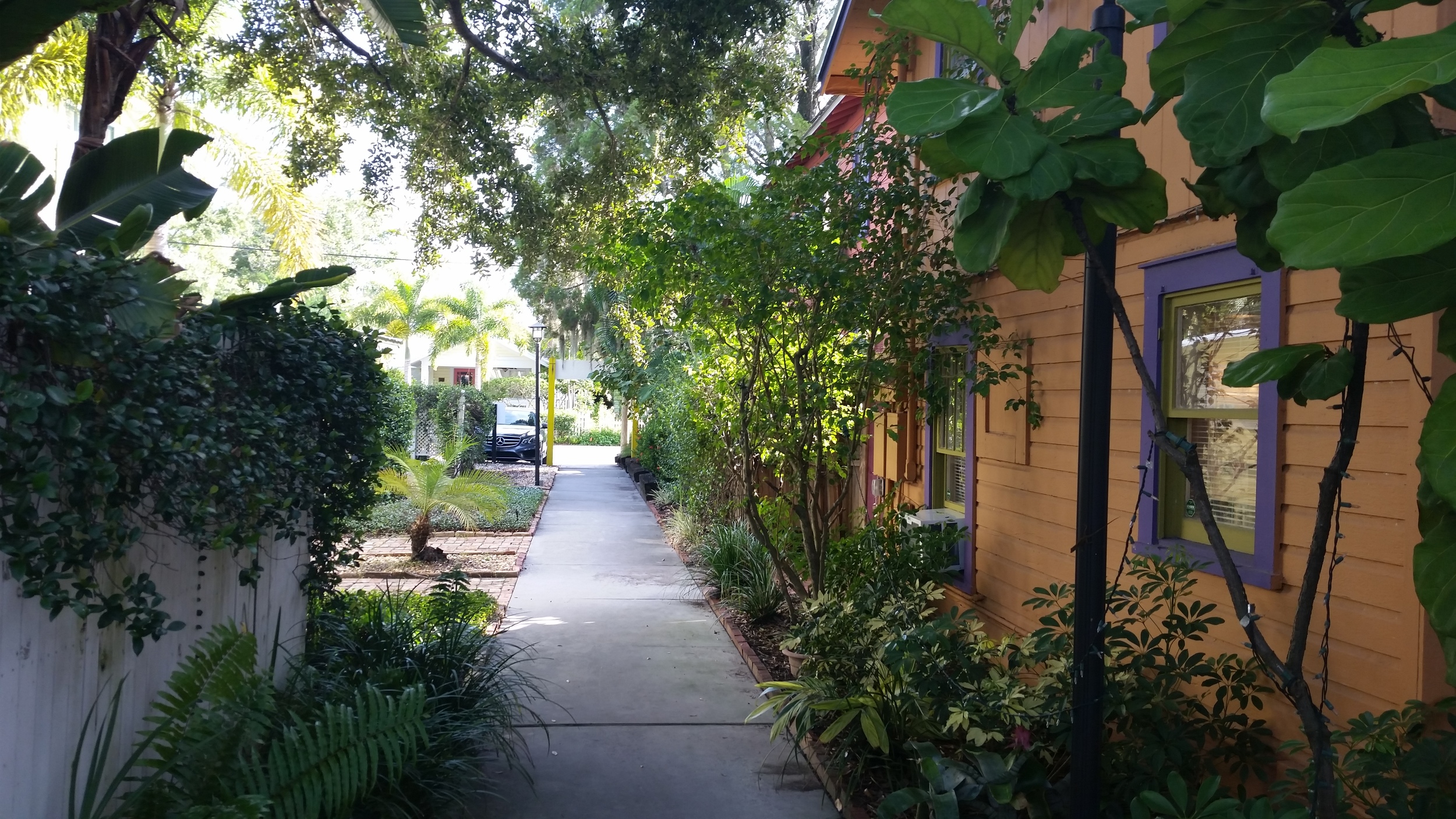

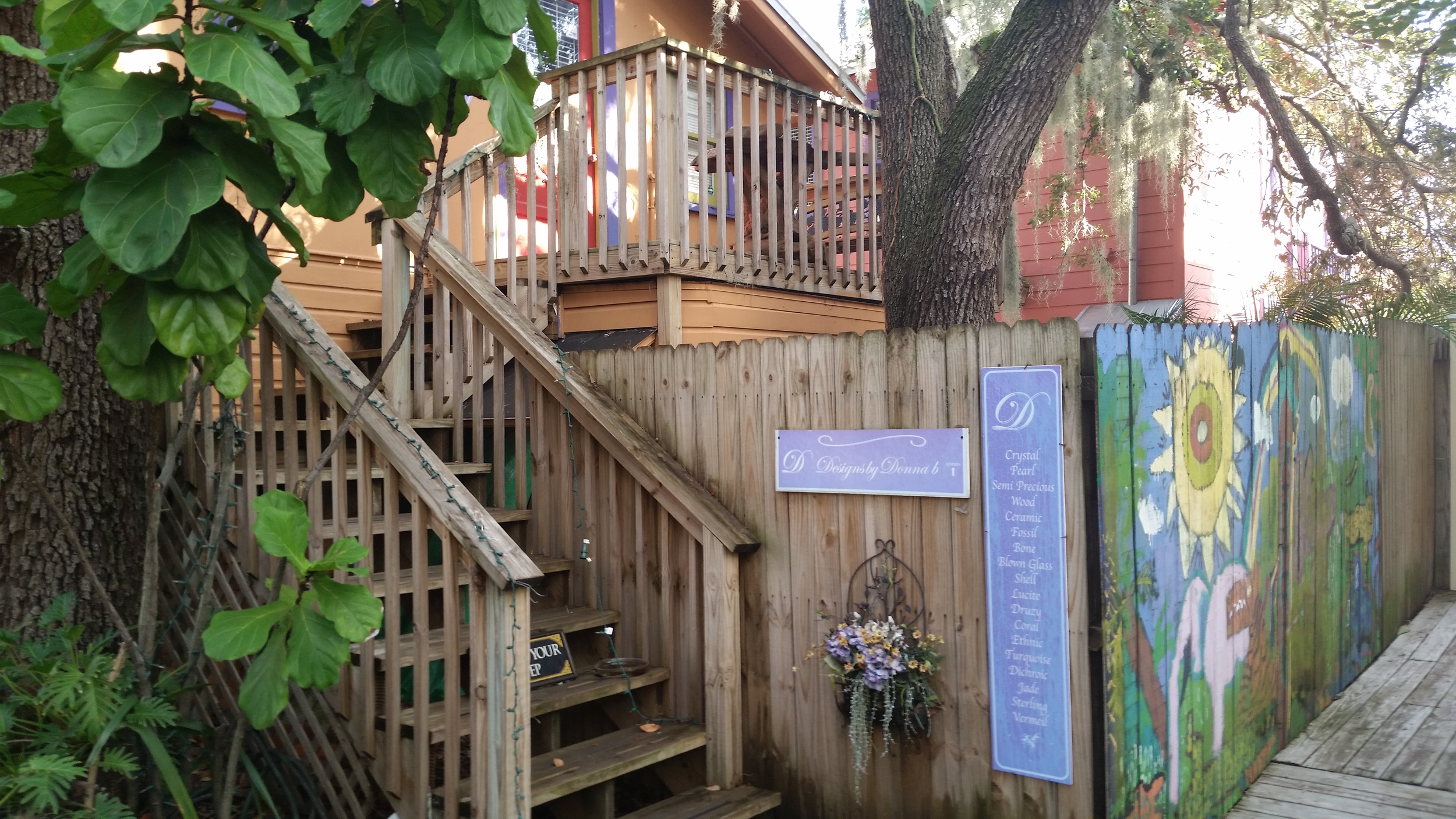
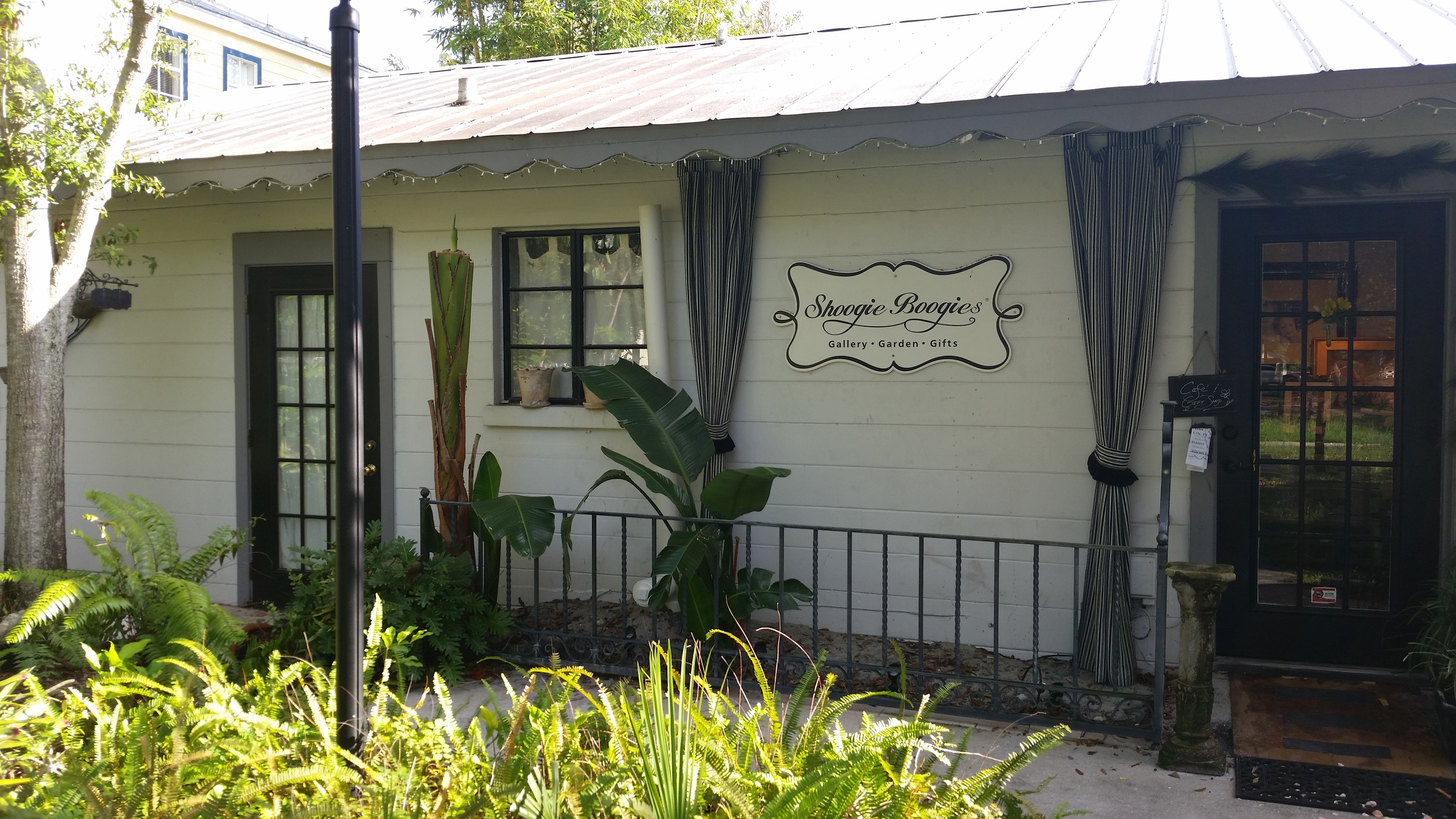

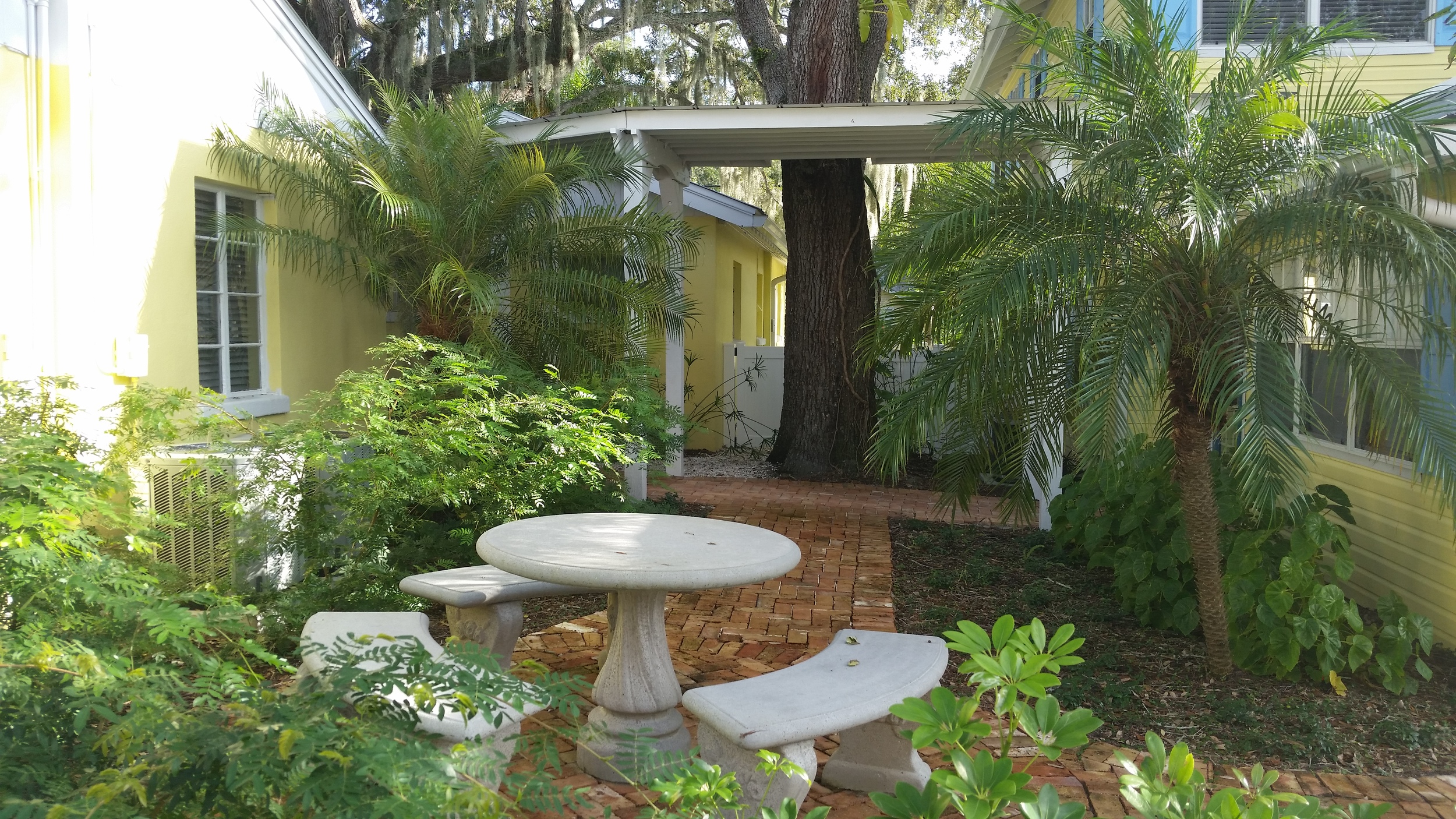


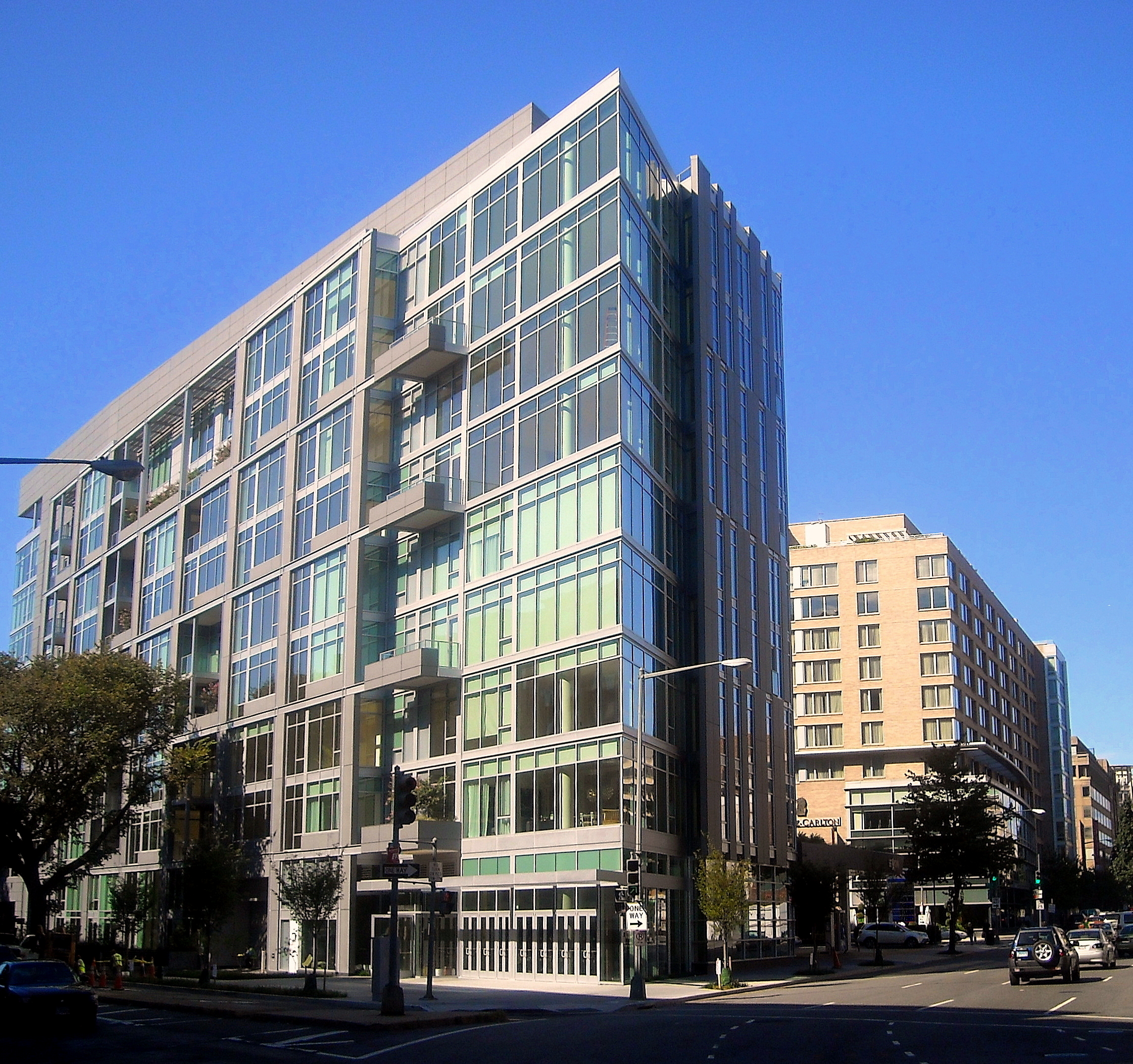
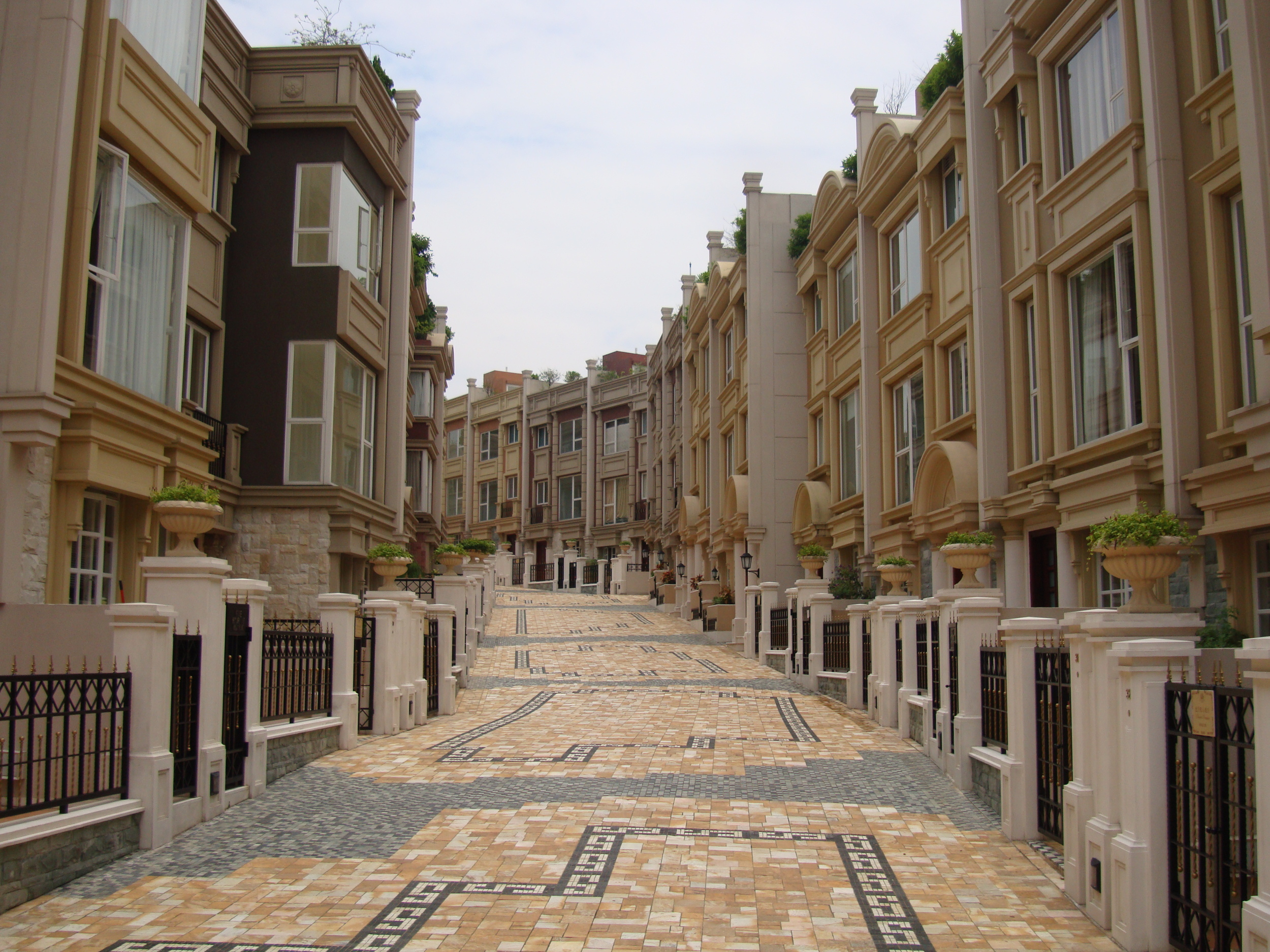
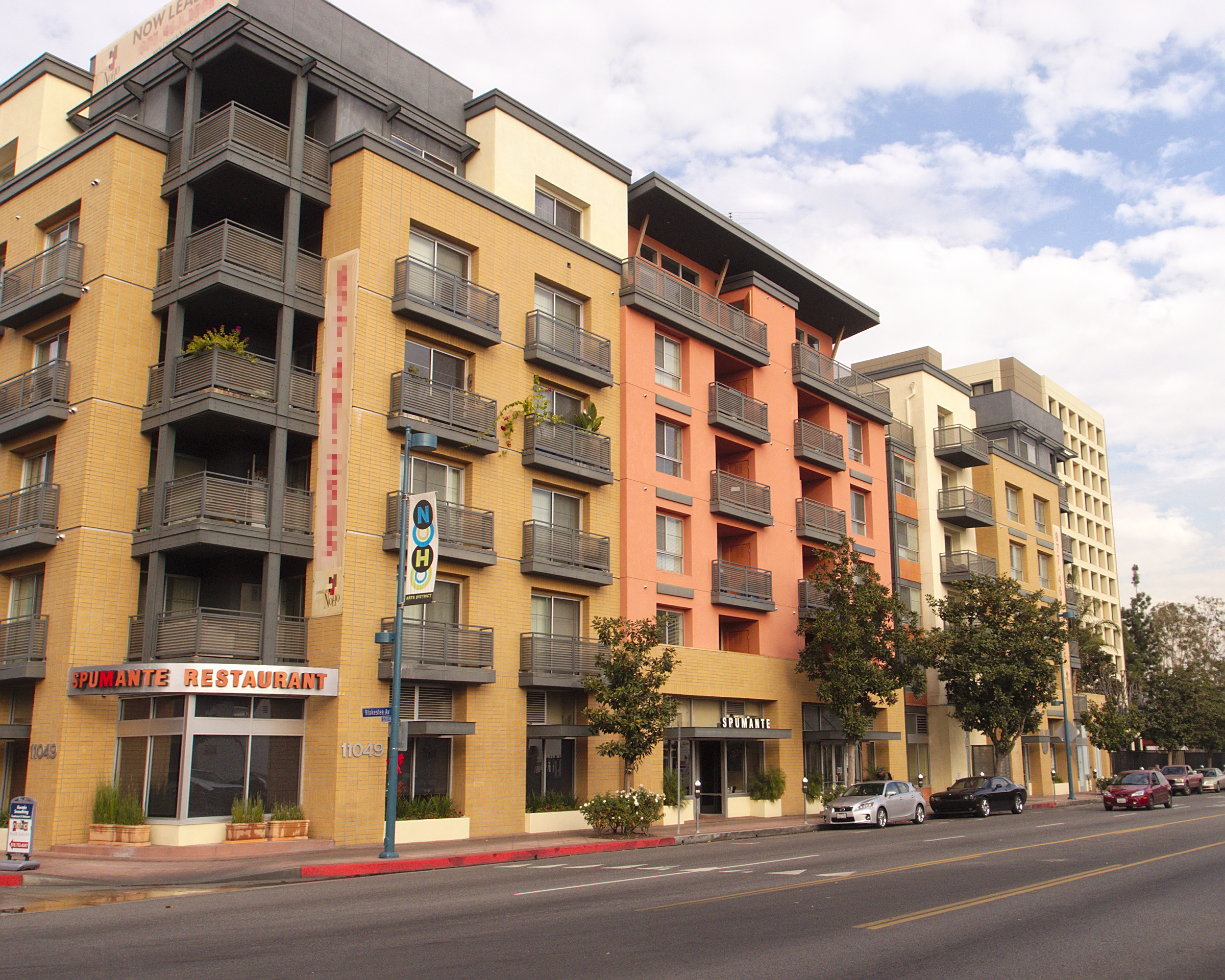
Daniel Herriges has been a regular contributor to Strong Towns since 2015 and is a founding member of the Strong Towns movement. He is the co-author of Escaping the Housing Trap: The Strong Towns Response to the Housing Crisis, with Charles Marohn. Daniel now works as the Policy Director at the Parking Reform Network, an organization which seeks to accelerate the reform of harmful parking policies by educating the public about these policies and serving as a connecting hub for advocates and policy makers. Daniel’s work reflects a lifelong fascination with cities and how they work. When he’s not perusing maps (for work or pleasure), he can be found exploring out-of-the-way neighborhoods on foot or bicycle. Daniel has lived in Northern California and Southwest Florida, and he now resides back in his hometown of St. Paul, Minnesota, along with his wife and two children. Daniel has a Masters in Urban and Regional Planning from the University of Minnesota.